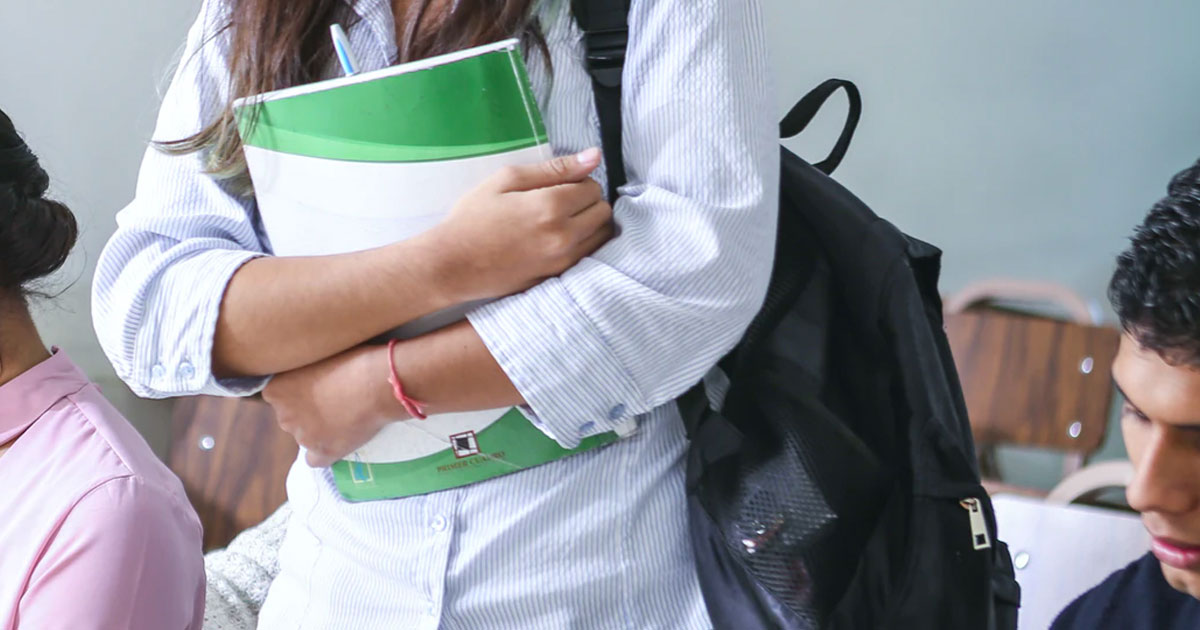
What is scoliosis?
Scoliosis is a sideways curvature of the spine. It can occur at any age, but is most commonly diagnosed in people aged between 10-14 years. About 2-3% of children and teenagers are affected by scoliosis with a greater incidence among girls than boys.
It’s estimated that the cause of about 85% of scoliosis cases is “idiopathic” or unknown. Early diagnosis and treatment of this spinal condition is vital for a person’s long term health and quality of life.
The signs and symptoms of scoliosis include:
- Head is not centred with the rest of the body
- Difference in shoulder height
- Difference in shoulder blade height with one possibly sticking out more
- Curved spine
- Difference in hip height or position
- Difference in the way the arms hang when standing straight
- Poor or unusual posture
- Back pain or discomfort in the lower or middle back region
- When bending forward, the sides of the back may appear different in height.
- Stand with feet together and parallel
- Place palms of hands together with arms straight
- Bend forward as far as possible with legs straight and fingertips pointing between the big toes.
Radiological scans are required to confirm any scoliosis diagnosis, including a full spine X-ray and an MRI to determine if there are any underlying causes.
Children or adolescents suspected of having scoliosis may be advised to get an EOS Imaging Scan. This is to evaluate the spinal alignment, as well as the alignment between the spine and the rest of the musculoskeletal system.
The treatment options for scoliosis vary depending on the severity of the curve and how mature the person is. The curve generally progresses when a person is still growing. During the growth years, a curve may be closely monitored with X-rays every 4-6 months or the patient might be provided with a spinal brace to slow down the rate of the curve progressing.
Sometimes surgery is offered to adolescence and young adults if the curve is progressing too rapidly or if the curve magnitude is over a certain level and specialists expect the curve to progress even after the person has stopped growing. The aim of surgery is to prevent further progression of the curve, in addition to correcting the deformity. Children and young adults usually recover well from scoliosis surgery.
In older adults, surgery is usually offered when the alignment results in pain and other complications.
Adult onset scoliosis, which is seen in the older age group, frequently presents with pain and is first treated with medication and injections.
The younger the patient, the greater the risk that the curvature of the spine will progress. If scoliosis goes untreated, the long term implications can include increasing malalignment, fatigue pain, physical disability and complications of the lungs and the abdominal contents. A diagnosis of scoliosis in a young adult or child is usually accompanied by a deformity of the rib cage, and untreated scoliosis can result in suboptimal lung function, which presents as decreased stamina.
The aim of the spinal surgeon is to assess and monitor a patient with scoliosis, and to intervene if and when needed in the appropriate fashion.

